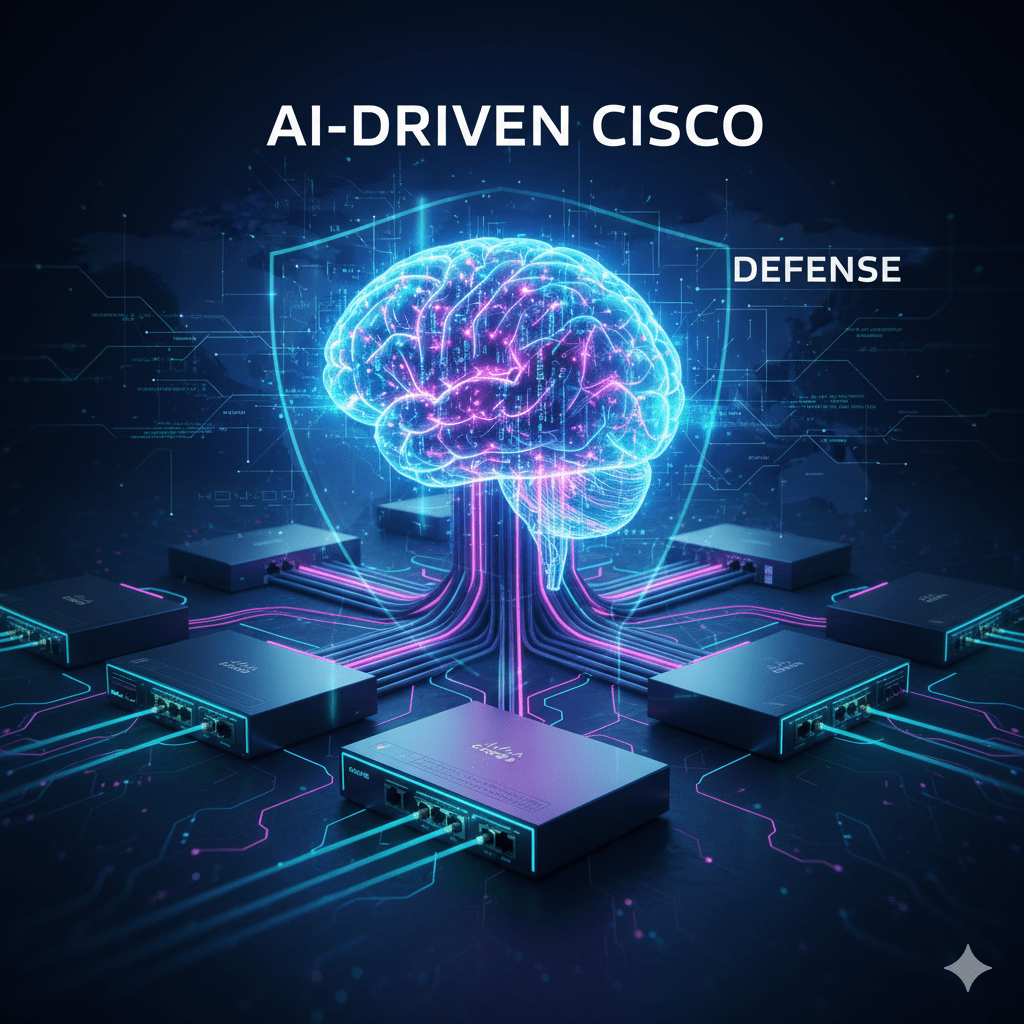In today’s digital-first business landscape, organizations are under constant pressure to deliver applications faster, reduce infrastructure costs, and ensure seamless scalability. Two powerful technologies—virtualization and containerization—help achieve these goals, but they work in different ways.
Understanding the differences between virtualization and containerization can help you decide which one is right for your IT strategy.
What is Virtualization?
Virtualization is the process of creating multiple simulated environments—called virtual machines (VMs)—on a single physical server. Each VM acts like a separate computer with its own operating system, applications, and resources.
Benefits of Virtualization
- Strong isolation: Each VM is completely independent, which enhances security.
- Legacy application support: Perfect for running older applications that depend on specific operating systems.
- Multi-OS environments: Allows businesses to run Windows, Linux, and other operating systems on the same hardware.
Virtualization is widely used in data centers, testing environments, and businesses that need full system separation for compliance or security reasons.
What is Containerization?
Containerization packages applications and their dependencies into lightweight, portable containers that share the host system’s operating system kernel. Unlike VMs, containers don’t need a separate operating system for each instance, making them much more resource-efficient.
Benefits of Containerization:
- Lightweight and fast: Containers start in seconds, unlike VMs that take minutes.
- Portability: Run the same application consistently across development, testing, and production.
- Agility: Perfect for cloud-native applications, microservices, and DevOps workflows.
Containerization has become the foundation of modern application deployment, especially in cloud computing and continuous integration/continuous delivery (CI/CD) environments.
Key Differences Between Virtualization VS. Containerization
While both technologies maximize resource utilization, the main differences lie in how they operate:
- Architecture: Virtualization uses a hypervisor to run full operating systems, while containerization shares the host OS.
- Resource usage: Virtualization is more resource-heavy; containerization is lightweight.
- Performance: Containers start quickly and scale easily, while VMs take longer and consume more resources.
- Use cases: Virtualization is best for legacy and multi-OS support, while containerization excels in cloud-native and modern app development.
When Should You Use Virtualization?
Virtualization is the right choice if you need to:
Run multiple operating systems on the same hardware.
Support legacy software that isn’t compatible with modern OS environments.
Prioritize strong workload isolation for compliance or security.
When Should You Use Containerization?
Containerization is best suited for organizations that want to:
Deploy and scale applications rapidly.
Develop cloud-native applications using microservices.
Streamline DevOps pipelines with faster integration and delivery cycles.
A Hybrid Approach: The Best of Both Worlds
Many enterprises use a combination of virtualization and containerization. For example, containers can be deployed inside virtual machines. This approach delivers strong security and isolation from virtualization while maintaining the speed and agility of containerization.
Conclusion
When comparing virtualization vs. containerization, the right choice depends on your IT environment and business goals. If your priority is running multiple operating systems or supporting legacy applications, virtualization is the way to go. If you’re focused on modern application development, faster deployment, and cloud scalability, containerization will be the better fit.
For most businesses, a hybrid approach offers the flexibility, security, and scalability needed in today’s complex IT landscape.








